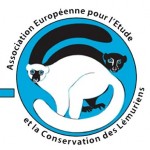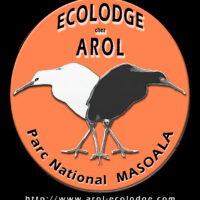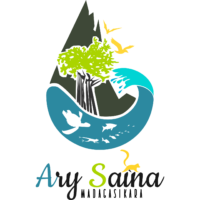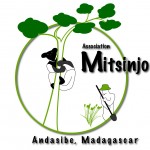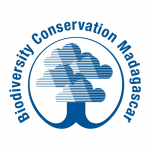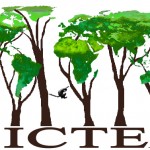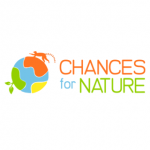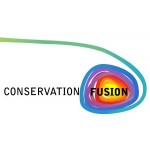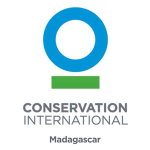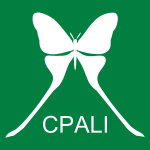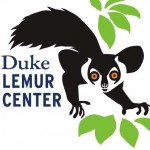Narrow conservation organizations and research groups by lemur species, what they do, and where they work in Madagascar.
- Lemurs they support
- Conservation work
- Community support
- Location
-
AEECL
AEECL conducts community-based conservation in the Sahamalaza Peninsula in northwest Madagascar, including fire prevention, education, reforestation, and capacity building for ecotourism.
-
Arol Ecolodge
We develop sustainable tourism and run an ecolodge near Masoala National Park, where we support the community school and conduct reforestation to support northern bamboo lemurs.
-
Ary Saina
Ary Saina is a group of Malagasy conservation biologists conducting scientific research and working with communities in the Ihofa Forest and Ranomafana National Park.
-
Aspinall Foundation
The Aspinall Foundation partners with local communities to implement effective, targeted conservation actions to protect a small number of high priority lemur species and their habitats, including greater bamboo lemurs, black-and-white ruffed lemurs, and indri.
-
Association Mitsinjo
Association Mitsinjo was created in 1999 by the residents of Andasibe village, and manages the forest station at Analamazoatra Special Reserve.
-
Association Tantelygasy
Association Tantelygasy supports the protection and reforestation of the forest of central Madagascar near Ambositra. Their innovative programming includes eco-tourism, beekeeping, and promoting the development of local handicrafts.
-
Biodiversity Conservation Madagascar
Biodiversity Conservation Madagascar (BCM) is the conservation arm of Bioculture Ltd. They manage two forests on behalf of the Malagasy government through Conservation Leases: a lowland rainforest in Sahafina and the Beanka dry deciduous forest in Maintirano.
-
Bristol Zoological Society
Bristol Zoological Society works in the Sahamalaza peninsula of northwestern Madagascar to protect the remaining populations of the critically endangered blue-eyed black lemur and Sahamalaza sportive lemur.
-
Centre ValBio & the Institute for the Conservation of Tropical Environments
ICTE and Centre ValBio focus the world’s attention on Madagascar’s lemur crisis through targeted research, conservation, and capacity building. Their research station at the edge of Ranomafana National Park enables long term research and collaboration with the local community.
-
Chances for Nature
Chances for Nature works with local communities to sustain natural resources through outreach, education and capacity building in small villages in rural Madagascar.
-
Conservation Fusion
Conservation Fusion conducts education programs with communities in northern (Antsiranana), eastern (Alamazaotra and Kianjavato), and southern Madagascar (Lavavolo).
-
Conservation International
Conservation International has been working in Madagascar since 1980. Their work includes biodiversity protection, environmental policy, scientific research, grant-giving, publication and community programs, and has impacted over 30 lemur species.
-
CPALI: Conservation through Poverty Alleviation International
Conservation through Poverty Alleviation International (CPALI) applies a community-centered approach to conservation, helping impoverished communities farm and transform native resources to create sustainable enterprises.
-
Dahari
Dahari is the only Lemur Conservation Network member doing lemur conservation in the Comoros, a small nation just north of Madagascar and the only place where lemurs can be found naturally outside of Madagascar.
-
Duke Lemur Center
The Duke Lemur Center (DLC) advances science through interdisciplinary research on lemurs at its living laboratory in North Carolina. The DLC SAVA Conservation project conducts conservation through environmental education, community development, and research in northeast Madagascar.

